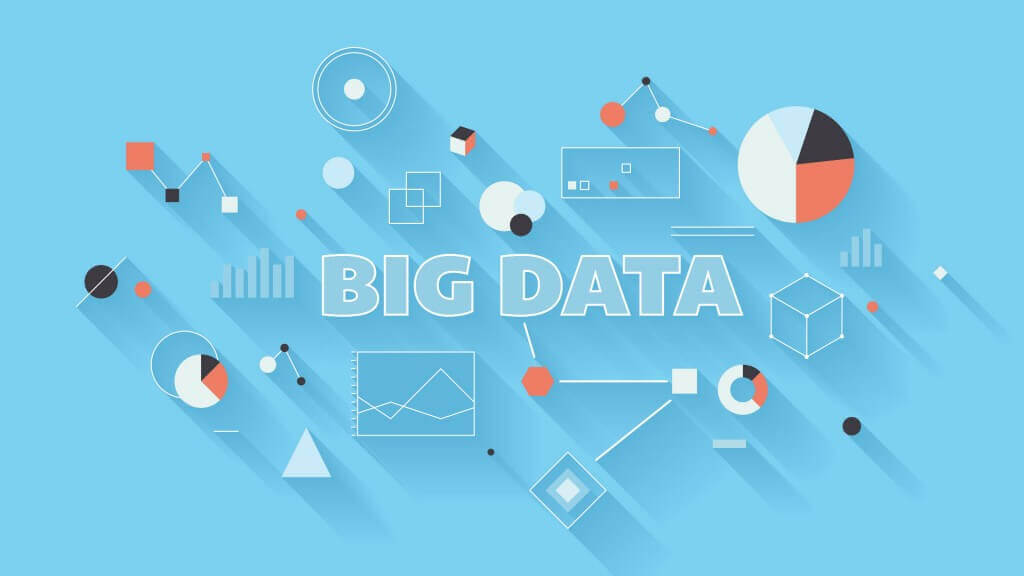
How much data on your guest satisfaction, staff performance, and online reputation did you collect last quarter? How did you collect it, and where did you collect it from? And, most importantly, what did you do with it?
If your answer is a shrug of your shoulders, you’re getting left behind. Without solid data, your operational and marketing decisions are likely to be based on hunches and whims – not usually a sound business plan. Luckily, information and communication technology has evolved to the point where we have data collected from thousands, or even millions of individual actions at our fingertips.
TripAdvisor says that it has around 350 million reviews – and it frequently does studies and publishes the results for all to see. In 2012, Google received 1.2 trillion searches, and it uses data from these searches to produce publicly available reports and studies. Your hotel also probably gathers its own unique data from guests satisfaction surveys and your own listings on review sites and online travel agencies (OTAs).
What information is available to you
Because big data has become so much easier to access, many business people are tempted to believe that it is a new phenomenon and something to be intimidated by. The truth is that big data has always existed, but it has remained in the hands of the fortunate few who had the resources to collect it. Now all hoteliers have useful big data available to them.
The easiest place to find data about your own operations is in direct guest feedback and online reviews. A careful look at your TripAdvisor score and reviews and an analysis of your direct guest feedback can give you insights that can help you greatly with your marketing efforts and guide your operational decisions.
The trick is not so much finding the data as figuring out how to use it – how to turn your big data into smart data that will provide you with actionable intelligence that you can use to inform your business decisions.
Finding smart data in big data
When interpreting your data, the most important thing to remember is to filter. You are probably going to have far too much data to be able to read and interpret all of it thoroughly. Use your big data to discover insights about correlation, and use smart data to help you understand why those correlations exist.
Read rest of the article at GuestRevu






